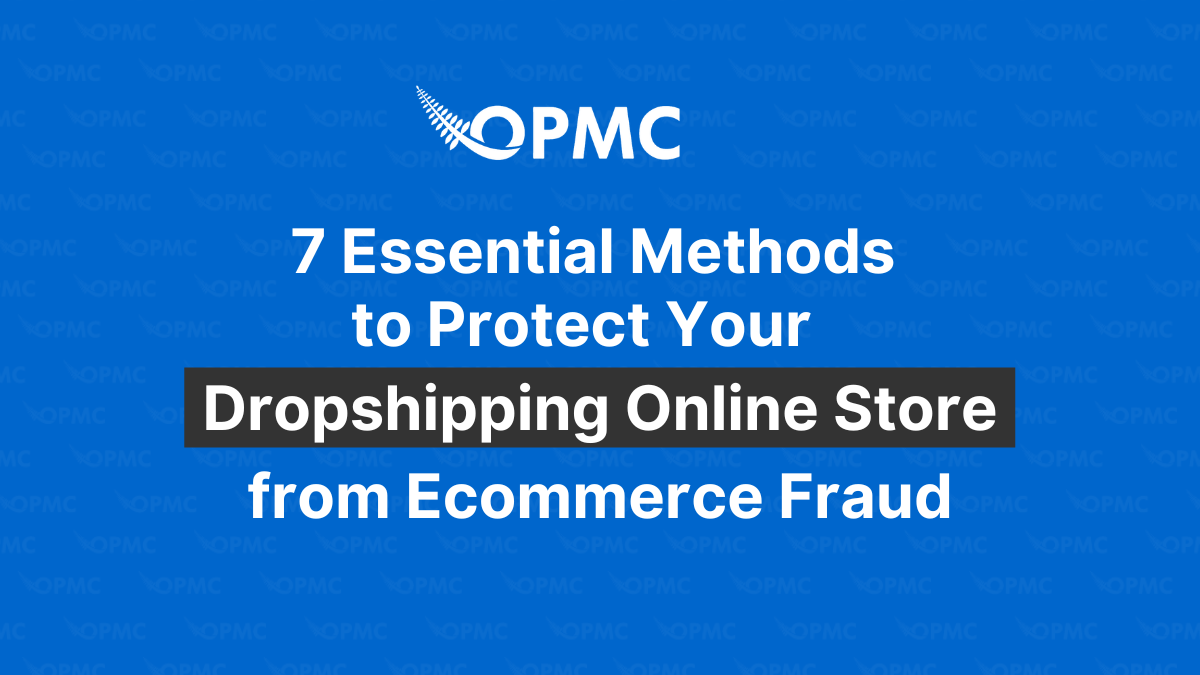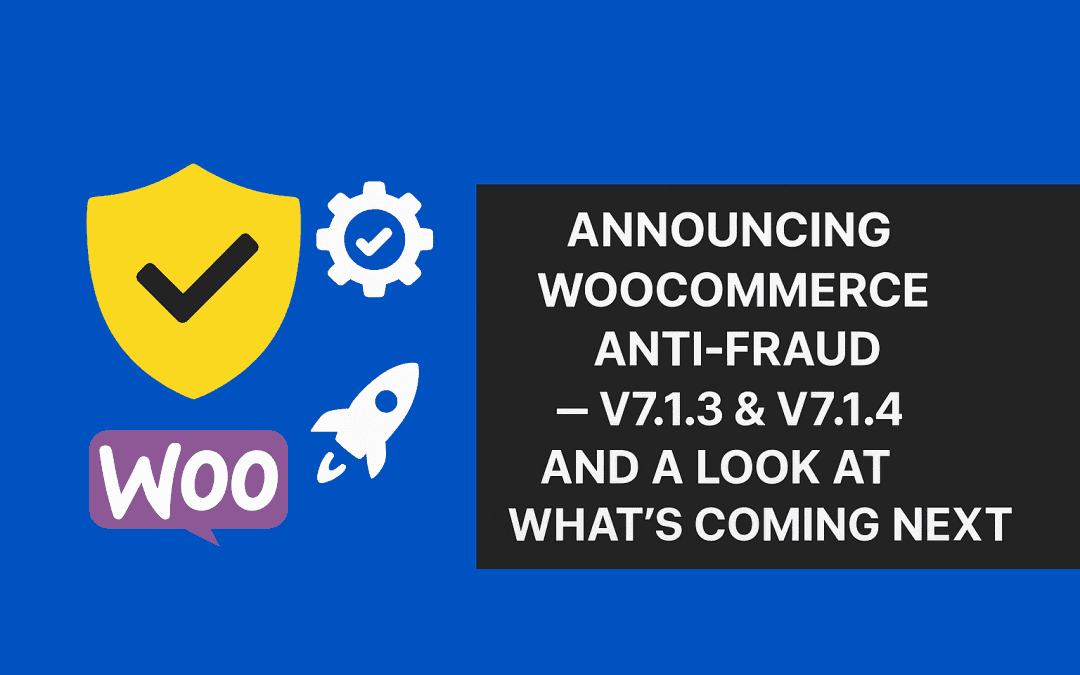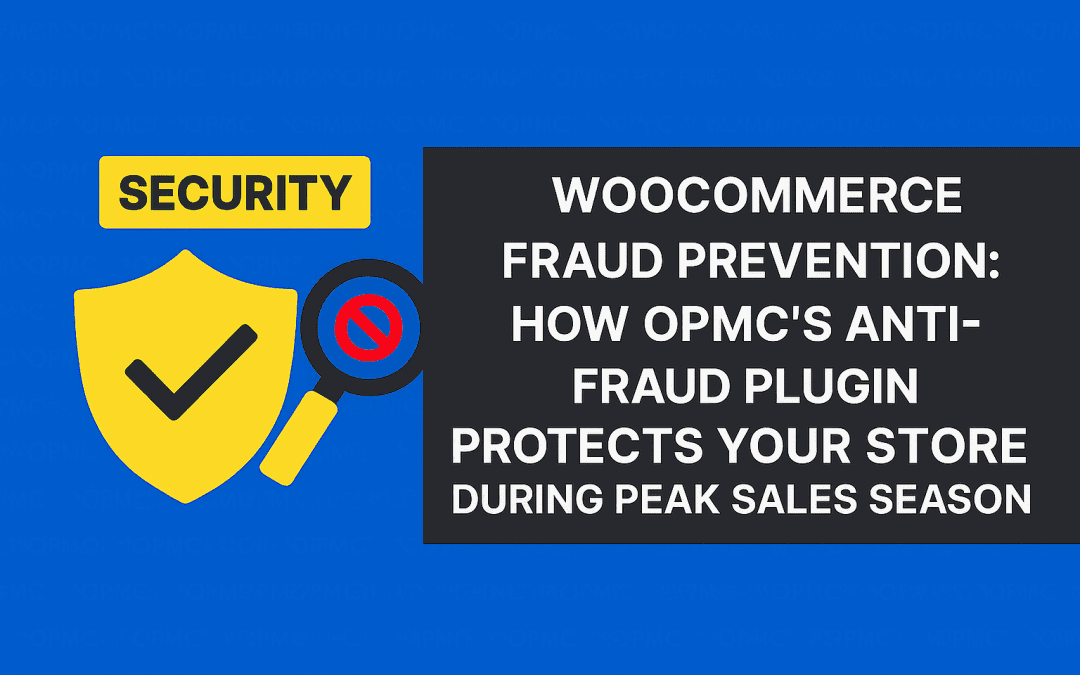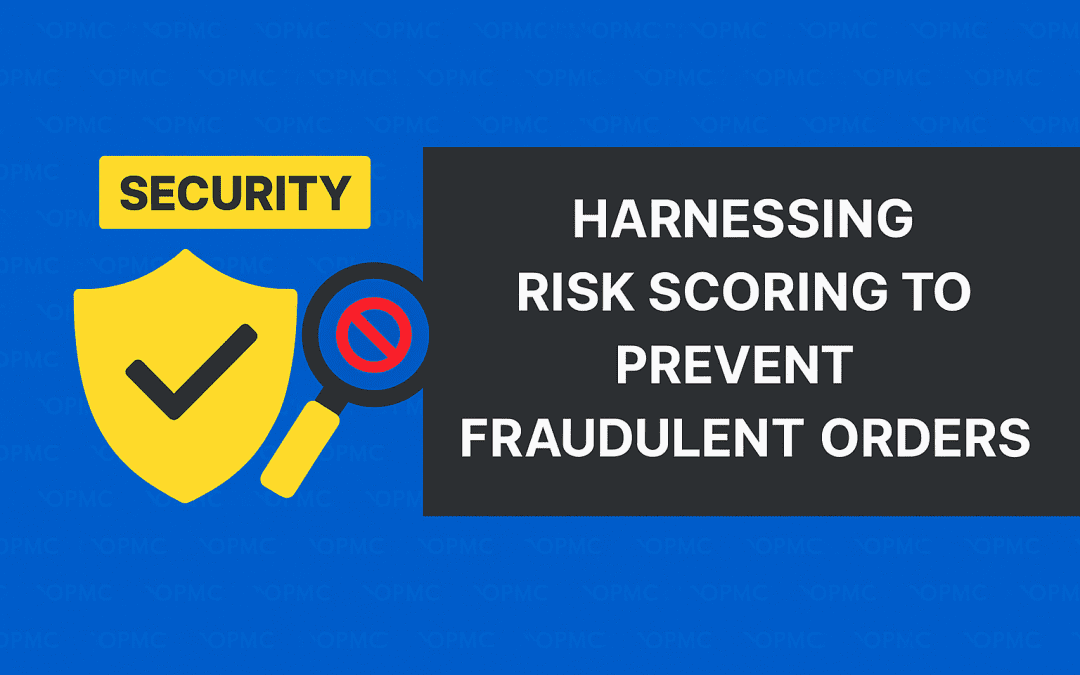In this article, we’ll dive into 7 essential ways to protect your dropshipping store from fraud and keep your business safe. Online fraud is a serious issue for ecommerce stores. If you’re considering dropshipping, you’ve probably heard the stories of businesses that have been ruined by fraudsters. Even with those cautionary tales in mind, it’s still possible to run a successful dropshipping business without having to worry about fraud.
Dropshipping is a powerful method of building wealth that doesn’t require the use of massive inventory management. Building a solid ecommerce brand for your dropshipping store requires automation, innovation, and robust security measures to fraudsters do not take advantage of your good nature. Let’s get into how you can prevent fraud in your ecommerce business.
Is Dropshipping Exposed to Ecommerce Fraud?
The truth is that dropshipping is vulnerable to fraud. Fraudulent transactions can come from either the customer or the supplier, but in most cases, it’s a combination of both.
After you spend a lot of time uncovering the most reliable suppliers so you can automate your business, you need to deal with potential customers that might try to cause your dropshipping store harm.
Fraudulent orders cost dropshipping businesses billions every year—and it’s getting worse! If you’re not careful, your business could be next on the list for these significant losses. This guide will give you everything you need to protect yourself from this problem so that you never have to worry about losing money again due to ecommerce fraud.
How to Prevent Fraud from Affecting Your Dropshipping Business
1 – Make use of Anti-Fraud Plugins
There are many applications that can help you combat online fraud, but not all of them are worth your time. Some plugins take up too much space on your site and slow it down, which you don’t want when running a fast-paced ecommerce business.
Others may not be compatible with the particular platform you’re using for your dropshipping store. This could cause errors or even prevent customers from accessing certain features (like checkout) in the first place.
For these reasons and others, here’s what we recommend. Try our WooCommerce Anti-Fraud plugin first. This is a robust layer of protection around your dropshipping store that places a numerical value on every purchase moving through your store and then rates it for potential fraud, making it way easier to avoid costly theft of your ecommerce services.
2 – Ensure Everything is PCI Compliant
PCI Compliance is a set of security standards that are used to protect credit card data. PCI compliance is a requirement for any business that processes credit card payments.
The Payment Card Industry Security Standards Council (PCI SSC) monitors compliance with the Payment Card Industry Data Security Standard (PCI DSS), which contains 12 requirements, six of which apply to the merchant and six to the service provider.
This standard is designed to protect your customers’ payment information from being stolen, intercepted, or otherwise compromised during online transactions.
3 – Boost Security During High Traffic Periods
The third step to protect your dropshipping business from ecommerce fraud is to boost security during high-traffic periods.
As you know, the holiday season is typically a period of increased online shopping activity, which means that there’s also a higher risk of fraudsters targeting you and using your platform as their victim.
So how do you avoid this? By boosting your security during these important days! You might even want to hire an extra person or two to take care of securing all the orders coming in through your website. The more precautions you take, the less likely it will be that fraudsters can infiltrate your platform and steal from you.
4 – Require Strong User Passwords
Passwords are a must-have for any online store. They’re the first line of defence against fraud, so it’s important to have strong passwords for your website and apps. Make sure each password meets these criteria:
- At least 8 characters long
- No dictionary words or personal information, including names, phone numbers, street addresses, and dates of birth
- Changed regularly (at least every 90 days) or whenever there is a security breach on your site
- Never shared with anyone else!
It’s also a good idea not to use the same password for multiple accounts. Ask your customers to make use of password generators, so everything is unique.
5 – Perform Regular Online Store Security Audits
To ensure that your ecommerce store is up-to-date and secure, it is important to perform regular online store security audits. As a dropship seller, you want to be sure that your website does not contain any vulnerabilities that could put customer privacy at risk.
A security audit should cover the following areas:
- Check for outdated plugins and themes
- Ensure SSL certificates are up to date
- Check for weak passwords
- Use an external site scanner
- Scan web applications
- Review access control lists
- Verify backups
- Check with your payment processors for anything that may be coming in the future regarding fraud prevention
6 – Use Address Matching with Credit Cards
One of the most common forms of fraud is address verification. Address verification is a method of confirming the legitimacy of an address. It involves checking the address on the customer’s credit card against the information they used when signing up. This can be done manually by you, or it could be automated with an online service provider.
7 – Require Credit Card CVV Security Codes
When you shop online, the merchant doesn’t have to physically see your card to process the transaction. Instead, they just need to input your information into their system and wait for authorization.
The problem with this is that someone else can easily get their hands on that information if they have access to it (which could be a lot easier than you think). One way merchants try to prevent this type of fraud is by requiring a 3-digit security code on the back of your credit card. This code is known as Card Verification Value (CVV), and it’s used to verify that the card is in possession of its owner before completing an order.
Bonus: Always Have HTTPS Enabled
HTTPS is a must-have for any ecommerce dropshipping store. It’s essential to protect your customers’ data, and it’s also a ranking factor for Google.
You’ll need to install an SSL certificate to enable HTTPS on your site. When that’s done, use the https:// protocol in all links and redirect any requests made over HTTP to HTTPS.
Most of the time, your web host will do this for you and probably offer SSL certificates for free or for a small additional fee.
Where to Get a Powerful Anti-Fraud Plugin for WooCommerce?
The first thing that you need to do is find an excellent anti-fraud plugin for your ecommerce store. It must be powerful enough to detect fraudulent transactions. You also want a plugin that’s easy to use, with as few false positives as possible.
That is why we strongly encourage our readers to try out our Anti-Fraud for WooCommerce plugin. This prevents many of the common frauds from infiltrating your automated systems so you can sit back and relax while the sales come pouring in.
Adopt a proactive approach to combating fraud.
As you can see, fraud is a real concern for dropshipping stores. It’s important to understand that if you’re going to be successful in dropshipping, the best way to combat this problem is by taking a proactive approach.
Take the time to set up a security infrastructure with your online store, and you will save yourself time, money, and headaches from having to deal with these issues in the future.




